
1.The prospect of scrolling through NASA's new image and video archive is daunting. Unveiled on Tuesday, it consolidates imagery from more than 60 collections into one searchable library.
We didn't have time to scroll though all 140,000 offerings, so we selected highlights from the "Most Popular" tab, which showcases favorites from launches and spacewalks as well as dazzling views of distant galaxies and our own home planet. Take a look, and if you like them, high-resolution versions are downloadable at the NASA site.
Above: The Earth rises over the moon's horizon in this view captured during the Apollo 11 mission in 1969.
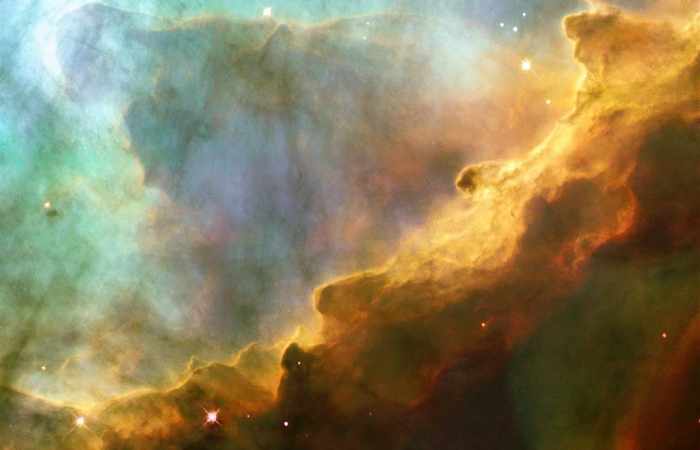
2.Ocean of Stars
In this image from the Hubble Space Telescope, the Omega Nebula (M17) resembles the fury of a raging sea. The wavelike patterns of glowing hydrogen gas have been sculpted and illuminated by a torrent of ultraviolet radiation from young stars, which lie outside the picture to the upper left.
The nebula, also known as the Swan Nebula, is a hotbed of newly born stars 5,500 light-years away in the constellation Sagittarius.
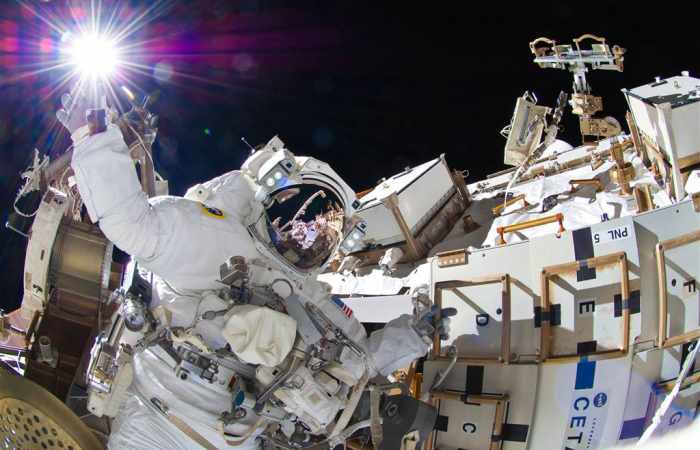
3.Touching the Sun
NASA astronaut Sunita Williams appears to reach for the sun during a six-hour spacewalk outside the International Space Station in 2012.
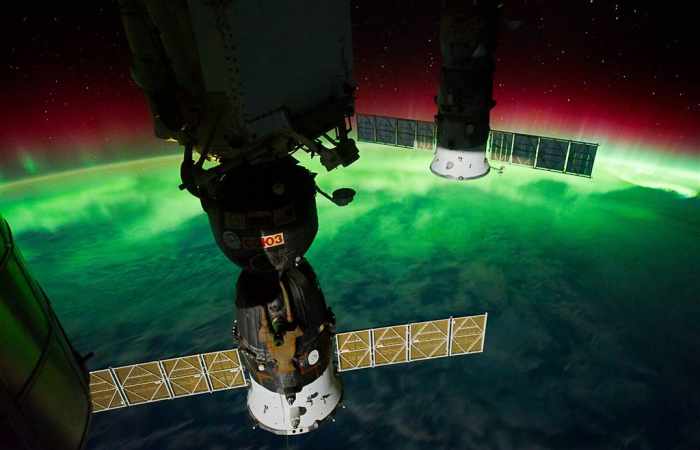
4.Southern Lights
The Aurora Australis glows over the Tasman Sea near southern New Zealand in this image captured from the International Space Station in 2011. Auroras occur when electrically charged particles from the sun collide with neutral atoms in the upper atmosphere.
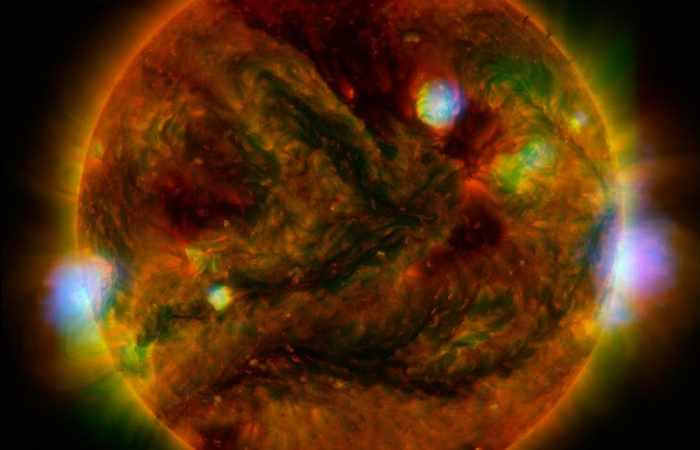
5.Staring at the Sun
Active regions of our sun are highlighted in this image combining observations from several telescopes in 2015. During these observations, microflares erupted from the sun's surface.
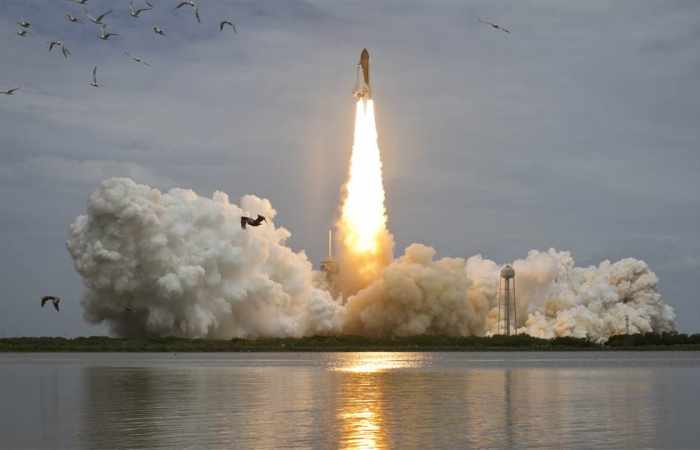
6.End of an Era
Space shuttle Atlantis launches from pad 39A on July 8, 2011, at Kennedy Space Center in Cape Canaveral, Florida. The launch, which began a 12-day mission to the ISS, was the final flight of the shuttle program.
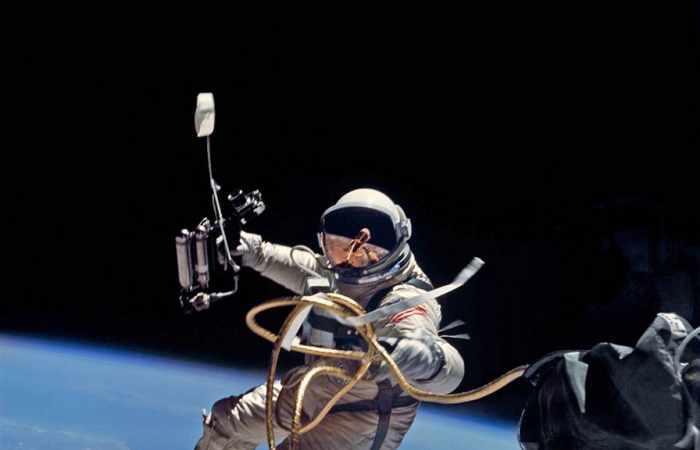
7.First American Spacewalk
Astronaut Edward H. White, II, pilot on the Gemini-Titan 4 spaceflight, becomes the first U.S. astronaut to "walk" in space on June 3, 1965. He remained outside the spacecraft for 21 minutes. In his right hand, he carries a propulsion unit that allowed him to control his movements. He was attached to the spacecraft by a 25-foot umbilical line.
White's accomplishment came several months after Soviet cosmonaut Alexei Leonov performed the first spacewalk.
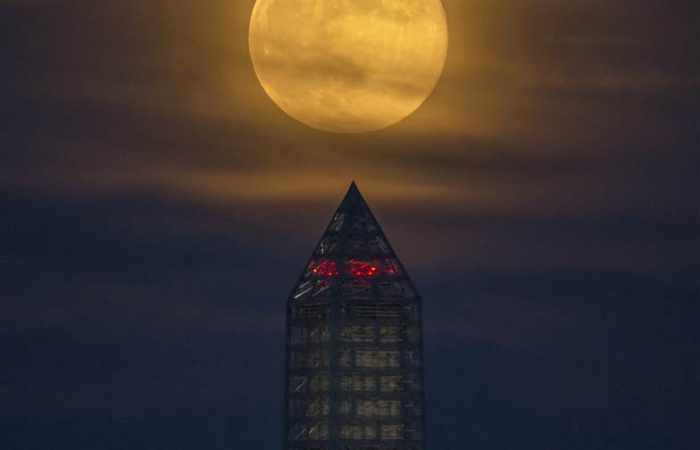
8.Big Moon
A supermoon rises behind the Washington Monument on June 23, 2013.
Supermoons occur when a full moon is at its closest point to Earth during its orbit of our planet. They can be 14 percent bigger and 30 percent brighter than a typical full moon, according to NASA.
/NBC news/
More about: #NASA








_1490880396.jpg)







































